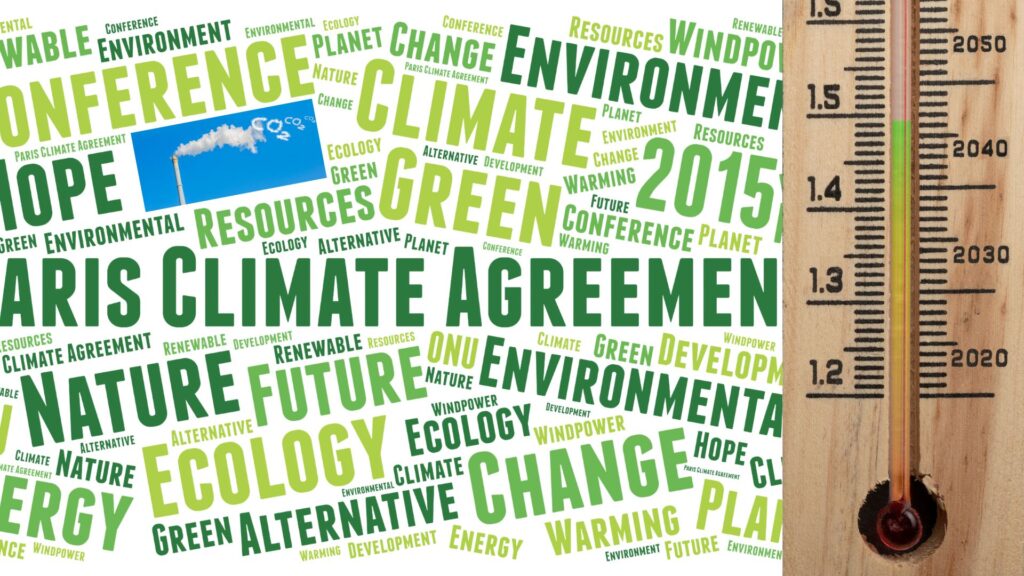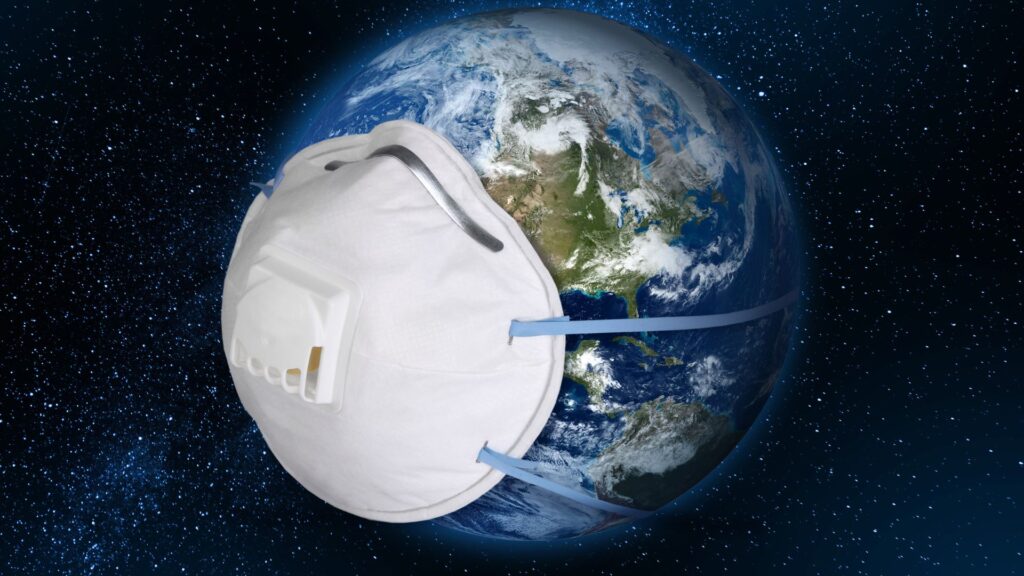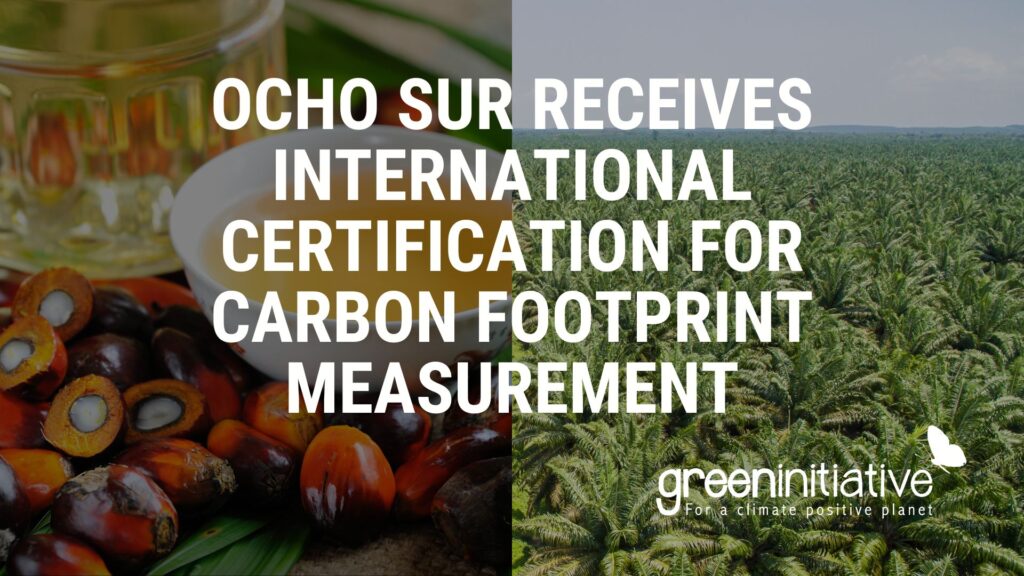Why Financial Institutions Should Measure Their Carbon Footprint?
When discussing how to tackle climate change risks, the role of financial institutions is more important than ever. Banks, funds, and investors have the power to support the transition to a low-carbon economy. But to do that effectively, they need to start by asking a key question: What is the carbon footprint of their portfolio? Measuring the carbon emissions linked to loans and investments is one of the most pragmatic and powerful steps a financial institution can take. It’s about more than just sustainability reports or meeting regulations — it’s about knowing where they stand so they can make better decisions, reduce risks, and unlock new opportunities for financing. In this post, I’d like to explore why measuring and certifying the carbon footprint of investment portfolios matters and how the Green Initiative is helping financial institutions turn climate ambition into climate action. Let’s take a closer look, including a real example of how two financial organizations — AlphaMundi Group, a Swiss impact investment manager, and Bankamoda, a Colombian fintech for the fashion industry — are putting this into practice. Why Portfolio Emissions Matter? While a lot of money is being directed toward climate solutions (technology or nature-based), much of it isn’t reaching the businesses that need it most — especially small and medium-sized enterprises (SMEs). In Latin America and the Caribbean, for example, local commercial and development banks receive millions in mitigation finance but deploy less than 30% to the SMEs that are actually driving the transition. One major reason for this underperformance is that many financial institutions lack accurate data on the carbon emissions of the companies they engage with. That makes it difficult to identify climate risks, target high-impact investment opportunities, or access funding from climate-focused investors. The Benefits of Measuring Portfolio Emissions Here’s what happens when a financial institution starts tracking the carbon footprint of its portfolio: 1. Better Risk Management Knowing your portfolio’s carbon footprint helps you avoid investments that could become risky or obsolete in a low-carbon economy.Carbon-intensive investments carry serious financial risks due to regulatory pressure, stranded assets, and reputational damage. Knowing your emissions is the first step to managing them. 2. Easier Access to Climate Finance Funders — from multilateral banks to private investors — increasingly look for partners who can demonstrate climate impact. Financial institutions that consistently measure and report carbon emissions are better positioned to attract ESG and impact investors, and unlock opportunities such as green bonds and blended finance solutions. 3. Stronger Market Position Once financial institutions and their investees understand where carbon emissions are coming from, they can meaningfully engage in decarbonization. This insight enables the development of climate-smart financial products — such as green loans — and supports clients in reducing their own carbon footprints.The result? Financial institutions can deploy more climate mitigation finance, while companies gain competitive advantages through access to high-value, climate-linked solutions. Regulatory Change Is Coming — And So Is Opportunity With new climate-related trade regulations emerging — such as the EU’s Carbon Border Adjustment Mechanism (CBAM) and the Deforestation-Free Products Regulation (EUDR) — understanding and managing carbon emissions will become a core competency for any organization, including financial institutions. Helping clients adapt and integrate carbon footprint management into their business models is a crucial role for financial institutions — and likely one of the most important paths to unlock new revenue streams and resource mobilization. AlphaMundi’s Commitment to Climate-Smart Investing AlphaMundi Group— under the leadership of Tim Radjy— supports businesses that generate measurable social and environmental impact across Latin America and Sub-Saharan Africa. Recognizing the intrinsic connection between poverty alleviation, social wellbeing, and climate risks, AlphaMundi is progressively integrating decarbonization metrics into its investment fund goals. These new capacities will help AlphaMundi demonstrate its leadership in carbon mitigation, as well as its ability to identify and deploy climate finance opportunities. To make this happen, AlphaMundi partnered with the Green Initiative to decarbonize its portfolio, measure client emissions, set reduction targets, and facilitate access to climate finance. Bankamoda: A Case Study in Climate and Inclusion One of the companies benefiting from this approach is Bankamoda, a Colombian fintech led by entrepreneur María del Mar Palau. Bankamoda provides financial services to micro, small, and medium-sized businesses in Colombia’s fashion industry — a sector that is both economically vital and traditionally underserved by mainstream finance. With the support of AlphaMundi and guidance from the Green Initiative, Bankamoda has: How Green Initiative Makes It Simple This is where the Green Initiative comes in. With years of experience supporting organizations worldwide, it has developed a step-by-step framework to help financial institutions integrate climate action into core operations: The Time to Act is Now For financial institutions, measuring portfolio carbon emissions is more than a technical task — it’s a strategic move. By taking action, they can lead the shift toward a climate-smart economy, reduce risks, attract new funding, and fulfill their role as key agents of change. The partnership between AlphaMundi and Bankamoda shows what’s possible when financial institutions embrace climate finance as an emerging and fast-growing opportunity with tangible benefits for long-term prosperity and competitiveness. The sooner your institution begins this journey — turning climate ambition into climate action — the greater your role in catalyzing mitigation finance and decarbonizing the economy. With the support of the Green Initiative, your institution can begin measuring the carbon emissions of its investment portfolio today — pragmatically, effectively, and with a vision for a greener future. 💡 Ready to take the next step? Reach out to Green Initiative and start building a greener, more resilient portfolio today. This article was written by Tatiana Otaviano from the Green Initiative Team. Related Articles
Why Financial Institutions Should Measure Their Carbon Footprint? Read More »










